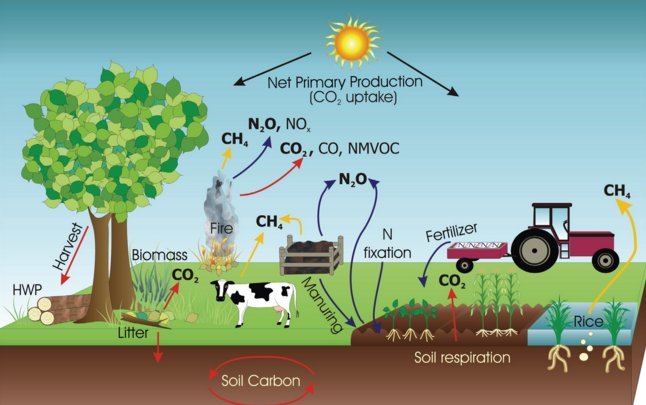The agricultural sector in India has entered a new low since 1988, when India faced severe drought. Presently, India is facing its worst moment in the last three decades. The severity of the situation is evident from the stories of migration and severe water crisis in Maharashtra and elsewhere.
Why the government is to be blamed?
- It is because the response from the government to these expected shocks has been delayed and inadequate in most cases. In some cases, the delay in response has certainly aggravated the crisis. This has been reflected in government’s responses to the collapse of commodity prices and to the drought this year.
- Despite having prior information about the impending drought, the government was not prepared. Required relief efforts were not undertaken on a scale larger than a normal drought.
- Also, most states have not been given their share of the drought relief fund that was promised by the central government.
- Besides, the actual increase in this year’s budget for the agricultural sector was a modest 27% against a claim of 127% by the finance minister in the 2016 budget.
Policy concerns:
The real problem, however, with the policy of this government on agriculture is not just the financial allocation, which remains inadequate given the enormity of the situation, but also the lack of a coherent policy for achieving the objective of doubling farm income. There has not been a clear road map to revive agriculture.
Need for a new policy:
The old policy lacks a clear understanding of the problems facing today’s Indian agriculture. The reason some of the old prescriptions are less relevant in the current context lies in the changing nature of agricultural production, which has seen a rising share of horticulture, floriculture and livestock.
- Although grown in an area smaller than food grains, horticulture production is now higher than the total output of the food-grain sector. It now accounts for almost one-third of total agricultural gross domestic product (GDP). So is the case of livestock and dairy, which have seen rapid growth in recent years.
- These sectors are more vulnerable to weather shocks and hence they require a different kind of support, including marketing and processing support. These are also more vulnerable to price fluctuations, as has been witnessed recently, than traditional crops such as food grains.
Way ahead:
What is required is to insulate these sectors not only from the risk and vulnerability which arise from production-related factors such as weather but also from risks in the price and output market.
- Most of the farmers (more than 80%) engaged in production of these crops are small and marginal farmers with little support from traditional agricultural policies such as insurance, marketing infrastructure, support prices and subsidies. Hence, our agricultural policies should be geared towards supporting and protecting these farmers.
- Years of neglect of natural resource management have put enormous stress on the land and water resources of the agricultural sector. In this context, traditional approaches of input intensification are now yielding limited returns—in some cases, negative returns. The focus of the agricultural strategy has to move towards developing new technologies, agricultural practices and crop varieties which are not only less resource-intensive but also environment-friendly.
- A sustainable agricultural policy requires efforts to not only support and protect farmers from the vagaries of the monsoon and market forces but also to create an enabling institutional framework. The roles of agricultural universities, extension services and cooperative institutions have to be redefined.
- In the short run, efforts to augment the income of farmers suffering from the drought are needed. This not only requires supporting and strengthening livelihood programmes and safety nets such as the Mahatma Gandhi National Rural Employment Guarantee Act (MGNREGA) but also implementing the much-delayed National Food Security Act.
Conclusion:
The current crisis in agriculture has forced the government to respond to the challenges facing the agricultural sector. The government should not only respond to the immediate challenges facing the farmer and the agricultural sector but also reboot the agricultural policy to create an ecosystem for the future of Indian agriculture. The ambition of doubling the farmer’s income in the next six years may be difficult to achieve but is not impossible.

